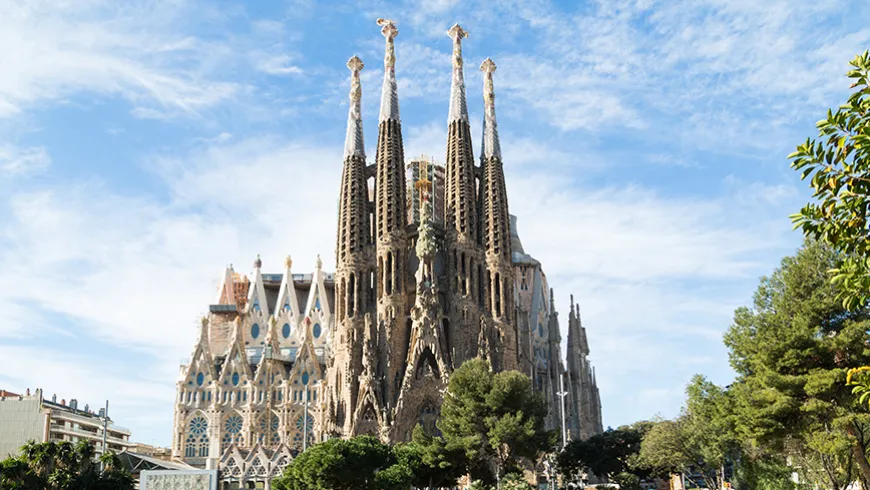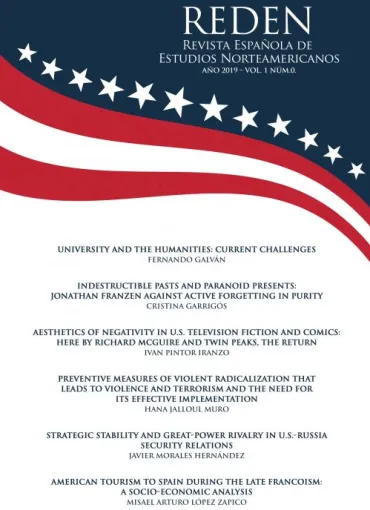
The consolidation of Spain as one of the world’s top tourist destinations explains the recent academic interest on the topic under many different approaches. Thus, since the last decade, the number of researchers that study the origins and evolution of the tourism industry in the country had increased significantly (Moreno, 2007; Faraldo & Rodríguez-López, 2013; Vallejo, 2015a; Larrinaga & Vallejo, 2015). Against this backdrop, it has been mass tourism (Fernández Fuster, 1991) which has received the most attention from current Spanish historiography. It is a model whose takeoff in Spain is intimately linked to the so-called second Francoism being, in fact, one of the basis of the economic growth of the country during the sixties Pack, 2009a).


